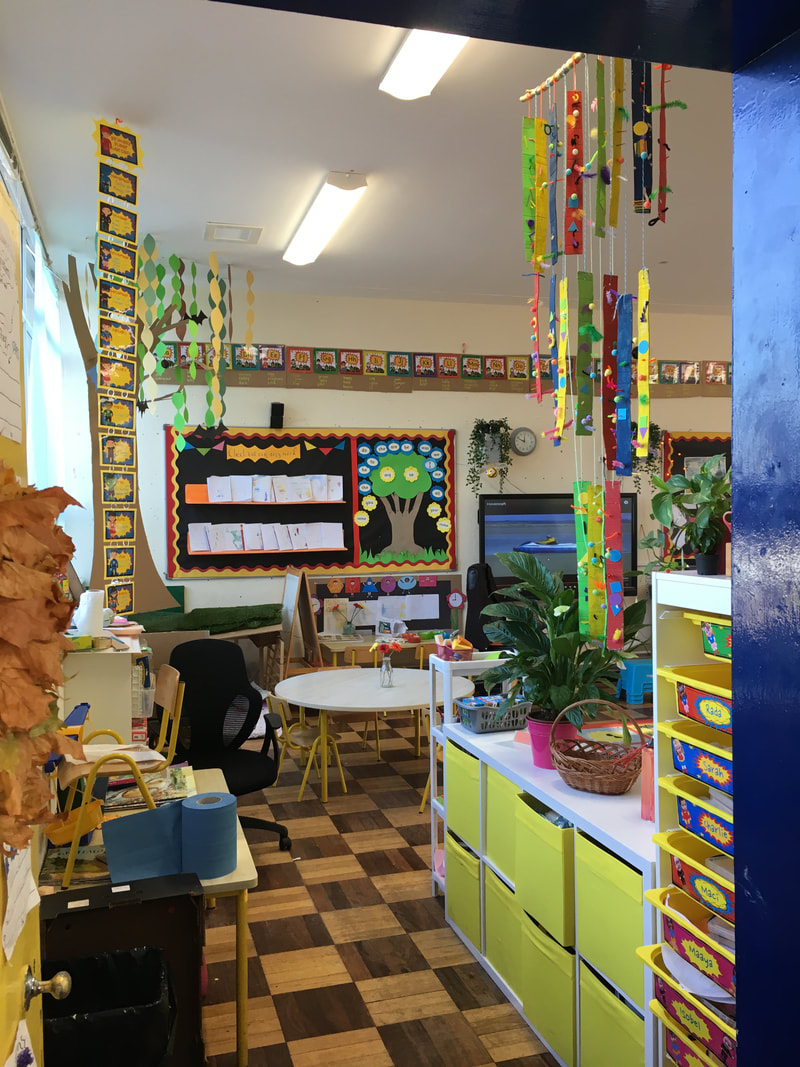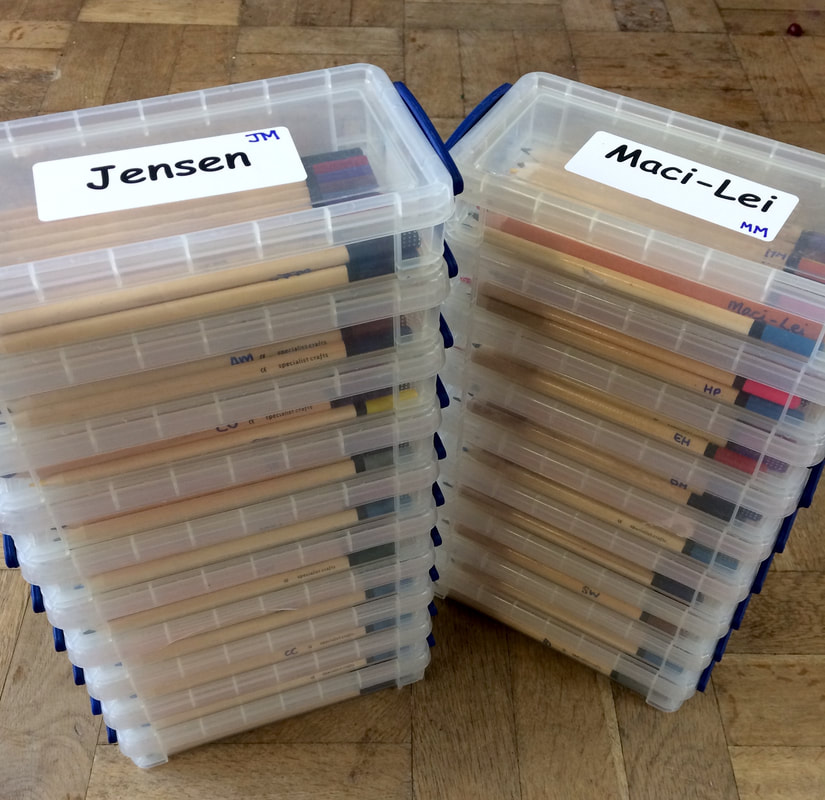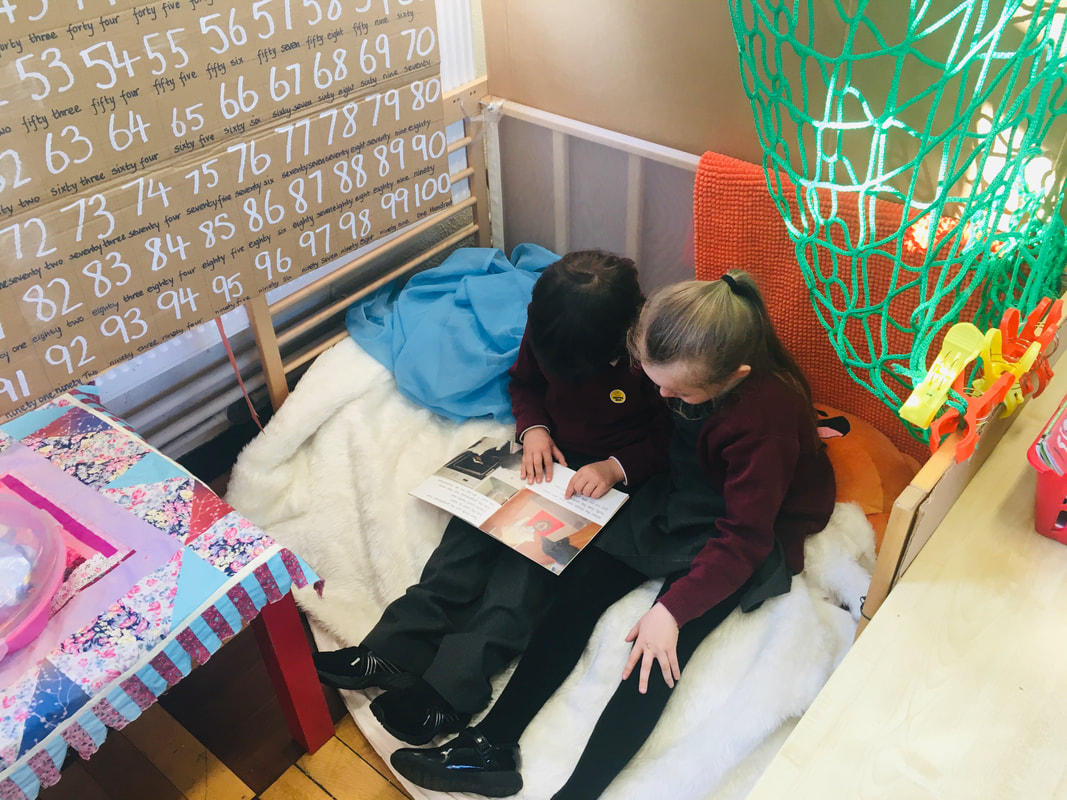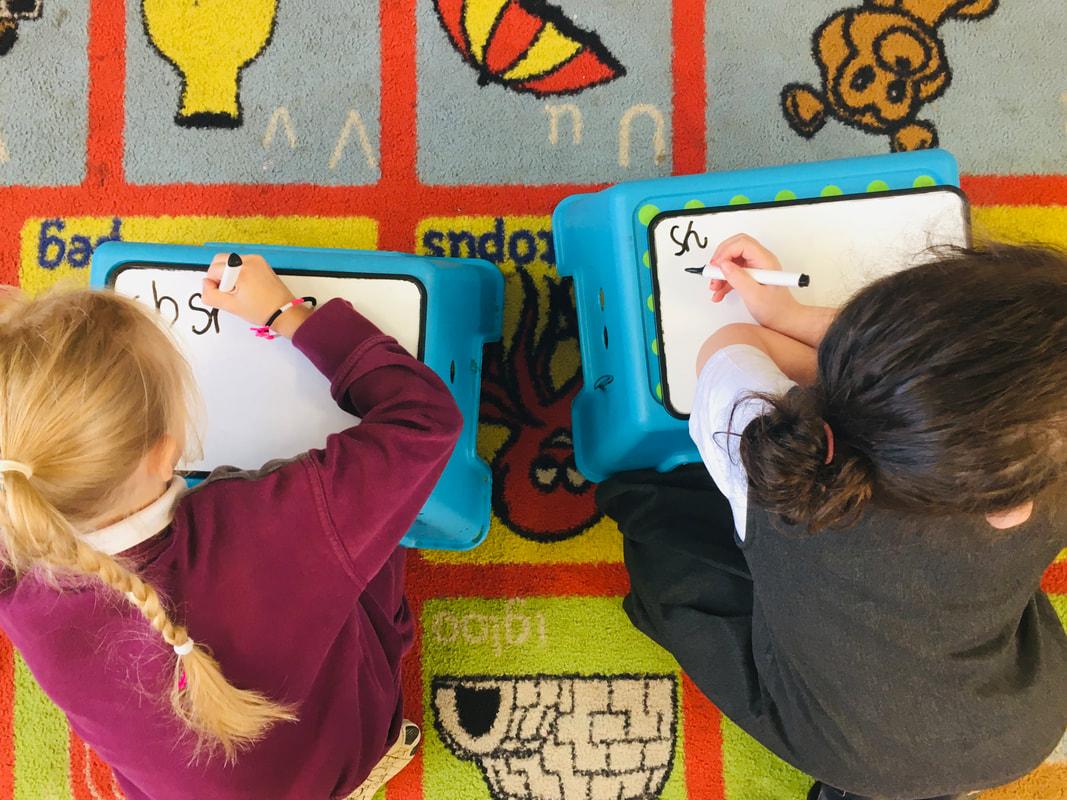Creating the 21st Century Classroom...
You're probably thinking, well my class don't do that! So chances are you have some flexible seating arrangement going on in your class already. The critical component of flexible seating is CHOICE because we know that one seat does not fit all in the classroom! The principle objective is to remove the length of time children spend in sedentary seating arrangement by incorporating plenty of movement breaks between your lessons. We now know that traditional seating arrangements, where children are seating on the same hard chairs at the same table, have a negative impact on well-being and learning. So, it's not surprising that more and more teachers are looking for ways to increase learning productivity by addressing this element of the third teacher, classroom learning environment!
Flexible seating isn’t just a current fad. I believe that it will eventually evolve into the way all classrooms look.
As a teacher, I am always looking for ways to be more innovative and progressive in my teaching, and if you're reading this blog, you probably are too. More frequently, I find traditional teaching practices outdated, often failing to reflect current research which addresses the needs of today's children. The research behind this article is mainly my own. While there doesn't seem to be much research in this area, I have no hesitation in saying that this arrangement has had a massively positive impact on well-being and learning in the children I teach.
Before I dive into all the great ways you could try flexible seating in your class, I want to take a moment to explain to you just how much value you and the children will get out of this. Here are just some of the benefits I saw in the children I teach throughout a year of implementing this in my class: 1️⃣ First and foremost, I wanted the children in my class to be comfortable. Comfortable children fidget less and are better learners. They are better able to stay calm, focused and more productive. Being comfortable can mean choosing a different seat or choosing the same seat every time; the essential element here is CHOICE. 2️⃣ Opportunities for the use of higher-order thinking skills increased, as does problem-solving and emotional skills such as conflict resolution. These are life skills I see children struggle with time and time again! 3️⃣ Taking turns and showing patience becomes the daily norm. They quickly become good at practising diplomacy when popular seating is limited, especially for a generation of children over practised in immediate gratification. 4️⃣Children felt trusted to make good, independent choices. The children I teach know I value their ability to make the best choices for themselves; we develop positive, authentic relationships. 5️⃣ Initially, I spend a lot of time repeating what makes a good learner, something I might not have taught as much in a traditional seating arrangement. "Making good choices, working well in pairs, good listeners make good learners, moving quickly from one lesson to the next means more time for fun activities" on and on I repeated all these good learner mantras! Slowly, time spent chanting these reduced, the message started to sink in. The children began to see the value of what I was continuedly chanting on about for themselves.
The real world requires people to make lots of choices and take responsibility over their work and learning, and our teaching should reflect the innovative and creative workers of tomorrow.
9️⃣ Building self-confidence is paramount in the early years. Without even realising it, traditional education can unknowingly oppress that confidence young children have to make their own choices. So many rules and so many tests which require one type of behaviour or one correct answer. Children slowly start to surrender to the rules and allow themselves to be guided in a line from one activity to another, never really feeling that their choices play a part in their school day. The real world requires people to make lots of choices and take responsibility over their work and learning; our teaching should reflect the innovative and creative workers of tomorrow.
? Finally, flexible seating helps make learning FUN! I want children to come to school because they are excited about learning not because they have to! In my experience, the benefits far outweigh any negatives.
Hopefully, by now I've got you sold on introducing flexible seating into your class or at least a little further over the fence and willing to consider it! But before you throw out all your furniture and completely feng shui your classroom consider this:
The process of introducing this seating arrangement must be well planned and intentionally taught, managed by you in collaboration with your class. For it to work, you must have good management of your class. The first year I introduced flexible seating at the start of senior infants, I had my class the previous year, so I knew them well, and this worked. This year I took on someone else class in senior infants. I jumped straight into flexible seating and very quickly I could see it wasn't working. They are a very young class and couldn't handle the responsibility of freedom, and they didn't have the confidence to make decisions for themselves. Constantly arguing with each other, or clinging onto the same seat as if their life depended on it! So very quickly I rolled them back in, assigned seats and spots on the carpet and made the decision that I needed ultimately 'retrain' these little learners. They needed to learn the ground rules of my classroom first. But by no means did I decide just to bin the whole flexible seating idea! I just learnt that before children were ready for flexible seating they needed the following
Step 1
|
|
- Add some soft furnishings such as carpets and rugs. Every infant classroom should have at least one large rug area that can fit the whole class, preferably in front of the IWB.
- Develop a good feng shui in your room. The spatial arrangement and orientation of your room are very important for you and the children. You and the children should be able to move easily and safely around the room.
- If it doesn't work, don't worry just keep rearranging until it does.
Step 2
Source an array of flexible seating arrangements.
- large carpet area
- low "kneeling" table with pillows/cushions
- standing table
- rearrange your standard tables into various seating arrangements some on their own against a wall (offering a distraction-free option) and some in a group arrangement. You can also create an enclosed table by using cardboard on each side. This can work well for children with sensory needs.
- work rugs (bath mats)
- IKEA bathroom footstools
- large boxed boots with a half lid
- old cot with mattress
- clipboards
- stools and mini tables (Ikea)
- Small couch
- beanbags
- Stability ball
Step 3
Trial Run - know your class by identifying your problems!
Step 4
Reel them right back in!

This is where you get your little fishing rod and reel them all back into a place! Gather the children together and explain why it didn't work. Show them the evidence you recorded, notes, photos or videos. Point out how child A, B ad C spent 5 minutes of learning time fighting over the tubs. Show them how on the secret video of carpet time child D,E, F and G were rocking around like garden gnomes in a storm. But also show them a picture of child H, I and J sitting calmly together during DEAR time and doing shared reading well!
Together as a class, write up a risk assessment. Other concerns you need to address might include supporting SEN children, try to work some sort of seating tool into their IEP together with the support team.
Step 5
Introducing Rules...
|
Explain to the children that following the risk assessment, you need to make up some rules as a class. Set target rules that work for your class that are reflective of your risk assessment. Be firm, fair and most importantly, consistent! I want the children to know that it is a privilege to be able to choose where they sit. That as a teacher, I am putting a lot of trust in them to make the right decisions. They will inevitably make some bad ones so I will support them in making up some ground rules.
|
The most important rule in my class is "Ms Murray has the right to move anyone, at any time!" There are no second chances. I move a child the minute they break any of the rules. The children soon realise I mean business and learn to make the right choice of where they sit.
Step 6
Reintroduce flexible seating bit by bit
I start flexible seating by allowing movement between tables/chairs and the carpet for instruction time. All children are assigned seats in both areas. Spend a few days focusing on moving from a to b well, seat to carpet, seat to a line or whatever works for your room. Keep the movement limited initially.
The moment a child shows distracting behaviour, they're back to their assigned seat. Continue this for a few weeks or however long it takes to get 100% control of your class. Every day I revisit the anchor chart and talk about what my expectations are. I regularly explain that as soon as I feel they're ready, I will start to re-introduce more flexible seating options.
|
Safety: All seating arrangement are entirely safe. I only ever found the plastic IKEA stool a bit slippy, so I've gotten rid of these. I do have to remind the children to be mindful of where they are walking, so they don’t knock into people sitting on the floor. An opportunity for working on gross motor skills!
|
|
Sitting beside their friend: The benefits of sitting beside a friend far outweigh the challenges. The increase in learning because of peer support was something I had never experienced before. Children learn from each other so readily. They support each other, learn from each other, which particularly benefits the weaker children. It was amazing how supportive of each other they became and so beautiful to watch!
|
|
What about workbooks, pencils, schoolbags etc.? I have a personal tray for each child. They keep all their belongings here. There is plenty of movement between each lesson as part of my transitions, and this is a time they can get what they need for each activity, this also develops independence and responsibility for their belongings. Schools bags go on their hangers outside the classroom. I hate the cluttered look of schoolbag under tables/chairs, now my classroom so much safer and easier to move around and desks are always clear!
|
|
Children who argue over seats: Initially there were a few arguments over the more novelty seating arrangements. If there was one seating area, particularly that was causing trouble, I would put it 'out of action' for a few days. Children soon realised it was in their best interests to solve their issues civilly.
|
|
Does everyone have a table and chair? Yes, you have to be able to have a space to move a child to. Also, if all that is left is a standing spot and the child doesn't like it then you have to be able to offer them a standard seating arrangement. Also, I might mention, I’m not anti-table and chair I just want to provide alternatives. Some children choose to sit at the table on a chair, but they still benefit from plenty of movement around the class, which increases focus.
|
Hi zara, great read about flexible seating. Can i ask do you have the children move seats between each lesson? Or just every day? How long does it take to transition from one lesson to next? Also the boa4ds you have in pics with footstools....are they chopping boards?
Thanks:)
Hi Martha!
Delighted you enjoyed the blog post. The children move regularly throughout the day, this is one of the main benefits of flexible seating because it offers plenty of movement breaks. They might move from one lesson to the next or numerous times within a lesson (from teacher talk on the mat to writing at the various spots around the class). The time it takes depends on the activity but generally just a minutes to get pencils and get settled. Those are little blackboards I've had years on the footstools but a clipboard would work perfectly. 👍
Zara
Hi Zara,
This was really interesting and I’m def going to give flexible seating a try. Can I ask where you purchased the stack of trays for each child’s essentials?
Nessa.
Those blue stackable steps are from IKEA. They're bathroom steps.

































 RSS Feed
RSS Feed